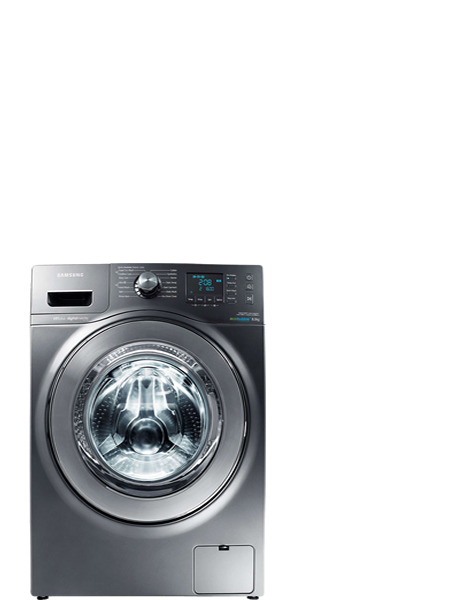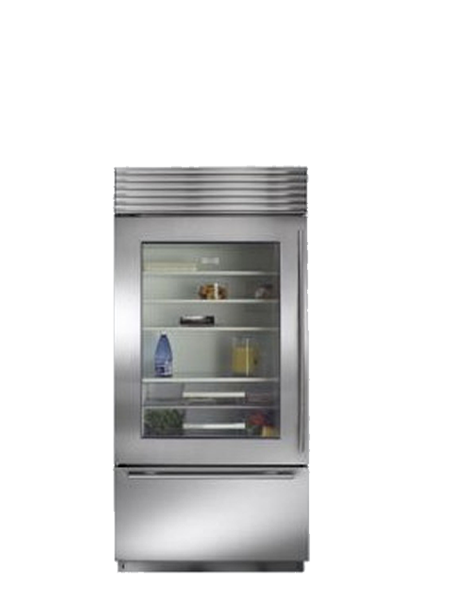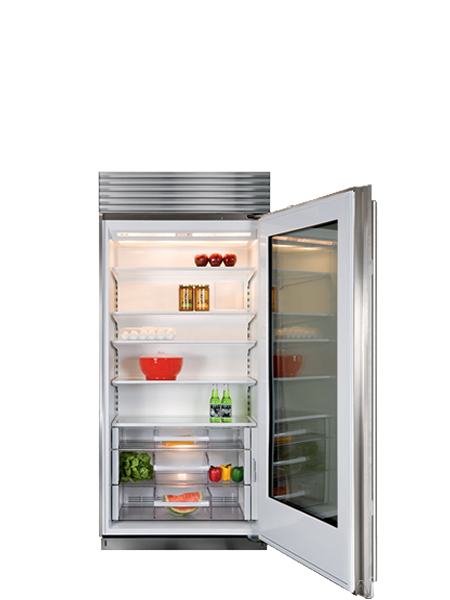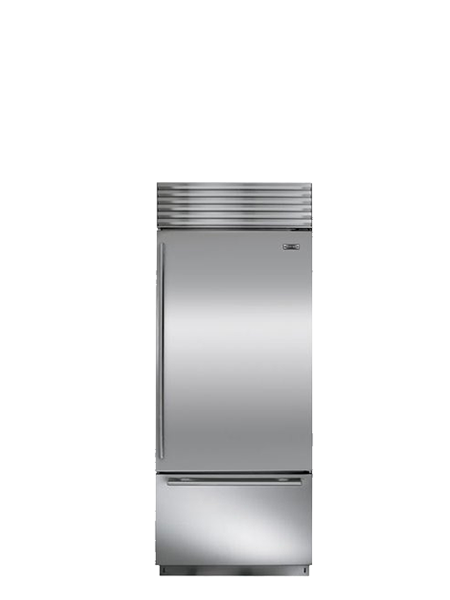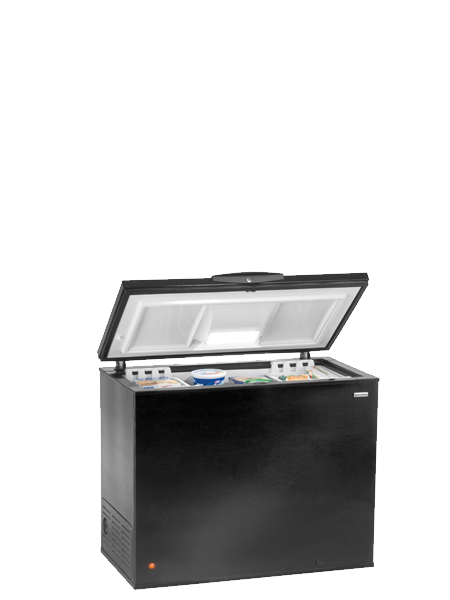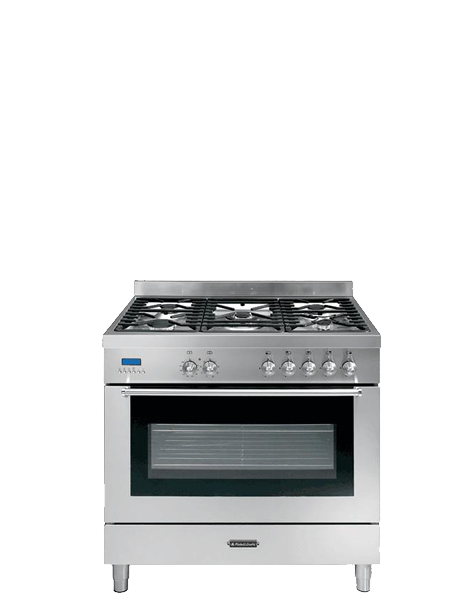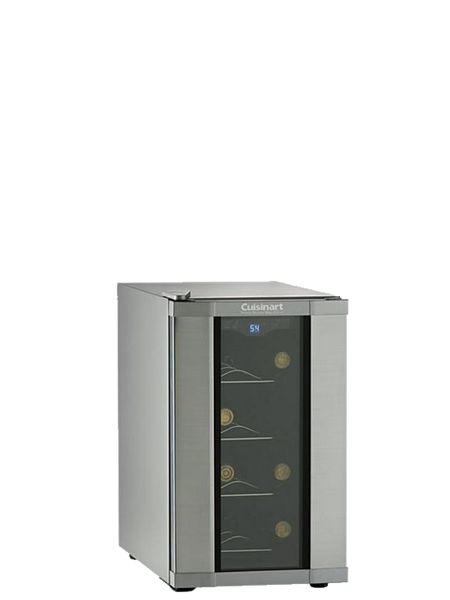Call us Now!
Cities We Serving
Atherton, Belmont, Brisbane, Burlingame, Campbell, Castro Valley, Cupertino, Daly City, El Granada, Foster City, Fremont, Half Moon Bay, Hayward, Hillsborough, Los Altos, Los Altos Hill, Menlo Park, Millbrae, Milpitas, Moss Beach, Mountain View, Newark, Pacifica, Palo Alto, Portola Valley, Redwood City, Redwood Shores, San Bruno, San Carlos, San Jose, San Leandro, San Lorenzo , San Mateo, Santa Clara, Saratoga, South San Francisco, San Francisco, Sunnyvale, Union City, Woodside
Annual Fuel Utilization Efficiency, a rating that reflects the efficiency of a gas furnace in converting fuel to energy. A rating of 90 means that approximately 90% of the fuel is utilized to provide warmth to your home, while the remaining 10% escapes as exhaust.
A device that is used to stir or shake up a mixture. Typically used to move clothing through water containing detergent. Sometimes called a GYRATOR
British Thermal Unit. In scientific terms, it represents the amount of energy required to raise one pound of water one degree Fahrenheit. One BTU is the equivalent of the heat given off by a single wooden kitchen match. For your home, it represents the measure of heat given off when fuel is burned for heating or the measure of heat extracted from your home for cooling.
The output or producing ability of a piece of cooling or heating equipment. Cooling and heating capacity are normally referred to in BTUs.
Stands for cubic feet per minute. This is the amount of airflow that flows through your system. When using air conditioning the rule of thumb is 400 CFM per ton of air. For example a 4 ton system has to have a duct system capable of delivering 1600 CFM of airflow.conditioning
Pipes or channels that carry air throughout your home.
Is a program of the U.S. Department of Energy and Environmental Protection Agency. It is designed with the purpose of helping consumers identify energy efficient products. We are proud to be part of the energy star program and offer many products that meet their standards.
That part of the refrigeration system in which the refrigerant evaporates, absorbing heat from the surrounding area. Sometime mistakenly thought to be that point where the drain pan evaporates the condensate water.
The coil that is inside your house in a split system. In the evaporator, refrigerant evaporates and absorbs heat from air passed over the coil.
An electro-mechanical device that opens a valve to allow water to flow. The electric current causes a magnetic field to develop in the solenoid coil which in turn then moves a metallic plunger. The plunger is attached to a diaphragm which opens the valve. May also be called a WATER VALVE or WATER FILL VALVE.
A device containing a porous material or a material itself, through which a liquid or gas is passed in order to separate suspended particulate matter. Common filter materials are activated charcoal, polypropylene and HEPA (high efficiency particulate air [filter])
A device containing screens and absorbent material through which refrigerant gas is passed in order to remove moisture that would be detrimental to other components and the functioning of a refrigeration system
Trade name for a family of synthetic chemical refrigerants manufactured by DuPont. Sometime mistakenly called FreeZone
A safety device that protects an electric circuit from excessive current. It consists of or contains a metal filament that melts when current exceeds a specific amperage, thereby opening the circuit.
A resilient or flexible material used between mating surfaces to provide a leak-proof seal. May also be called a SEAL
A device for the transfer of heat energy from the source to the conveying medium
A furnace that lies on its side, pulling in return air from one side and expelling warm air from the other.
Heating Seasonal Performance Factor, a rating used in measuring the heating efficiency of a heat pump. The higher the number, the more efficient the unit.
A device that injects water vapor into heated air as the air is expelled from the furnace
Heating, ventilation and air conditioning
A solid state semiconductor, usually made of Carborundum that produces heat when a current is applied. Typically used to ignite natural gas or propane in heating appliances such as ranges, dryers and water heaters
A switch that controls the amount of heat generated by an electric range surface burner. It accomplishes this by quickly cycling the voltage on and off to achieve an intermediate range (e.g. at medium it may supply 100% voltage for only 50% of the time it is switched on). It does not act like a rheostat and reduce the voltage, to lessen the heat generated, as sometime mistakenly thought.
A piece of plastic used to cover the joint between the inner and outer cabinet of a refrigerator or freezer. May also be called a BREAKER STRIP.
A piece of air conditioning and heating equipment where all components are located in one cabinet. Used occasionally in residential applications, the package unit is installed either beside or on top of the home.
An electric switch activated by air pressure. This device detects air pressure exerted on it through a flexible tube connecting it to part of a water tub. When activated, this switch then opens an electrical circuit stopping further filling of the machine. May also be called a WATER PRESSURE SWITCH, WATER LEVEL CONTROL
A machine or device for moving or compressing fluids or gases
A substance that produces a refrigerating effect while expanding or vaporizing
Set of two copper lines connecting the outdoor unit and the indoor unit
An electro-mechanical switch that diverts the current when the flow is changed or when an external current is applied
Seasonal Energy Efficiency Ratio, a rating that measures the cooling efficiency of a heat pump or air conditioner. The higher the number, the more efficient the unit
This means that the unit is designed to perform at its highest heat mode. Furnaces are always designed to be able to heat your home on the coldest day. The problem with this is that you only need this heating capability a few days of the year. Single speed furnaces do not have the capability to adjust to milder conditions, this causing high temperature swings, a less comfortable living environment and increased energy usage.
An electro-mechanical device that produces a magnetic field, to move an internal metallic plunger, when power is supplied. When power to the electromagnet is discontinued, the plunger is free again to move by other forces. This plunger can be attached to other devices (levers, seals, etc.) to do mechanical work.
Refers to a comfort system configuration consisting of components in two locations. Common examples include an outside unit, such as an air conditioner and an indoor unit, such as a furnace and coil
A device in a heat pump that reverses the flow of refrigerant as the system is switched from cooling to heating. Also called a reversing valve or four-way valve.
Zoning systems allow you to control your heating and cooling comfort where and when you want it. When using zoning you no longer have the problem of over heating and cooling rooms you are not occupying, in order to be comfortable in another. Each zone is equipped with its’ own thermostat and air volume damper that opens and closes as needed, based on that zones’ thermostat setting. This allows for maximum efficiency with your heating and cooling system. You do not have to buy a new heating or cooling unit to do this; you simply add air volume dampers and controls to your existing duct work. Think of it like controlling the lights inside your house; you only use it where you need it.
Cal for Free Estimate
Discount Coupon

